A case study in the
application of geostatistics to lognormal and quasi-lognormal problems
Isobel Clark
Geostokos Limited,
ABSTRACT
The application of geostatistics to highly skewed data has always been problematic. Studies can be done using generalised “anamorphoses” or transformations, but these have limitations in mining applications. In particular, estimation and confidence levels on block and stope values can rarely obtained using these methods.
This paper considers the particular case of lognormal data and
discusses the following:
Lognormal kriging and backtransforms;
Conservation of lognormality
between point and block/stope averages;
The three
parameter lognormal;
Distributions
which are not exactly lognormal and associated problems.
These discussions will be illustrated with real case studies taken from mining applications from around the world.
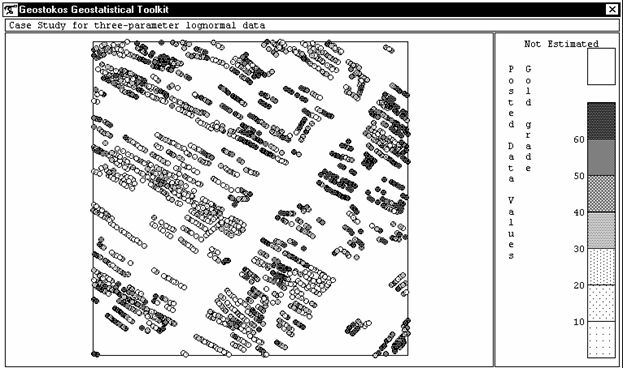 Figure 1: sample data in 500m block within
mine area
Figure 1: sample data in 500m block within
mine area
LOGNORMAL KRIGING
It is common knowledge that ordinary geostatistical methods do not deal
well with highly skewed sample data. In recent times
“distribution free” methods have been advocated to avoid this problem --- the
most popular in practice, at this time, being the multi-indicator methods. As
with all techniques, these have their strengths and weaknesses. One of the most
obvious of the drawbacks to a multi-indicator approach is the necessity to
model many semi-variogram graphs and to carry out many simultaneous kriging or
co-kriging estimations. Where the distribution of sample values is reasonably
simple and stable, it would seem more practical to use the known features of
the distribution and associated methodology.
In this presentation we consider the simplest non-Normal case --- that
of lognormal kriging. If the values within a deposit are
known to be stationary and lognormal, then the logarithms of these
values should be
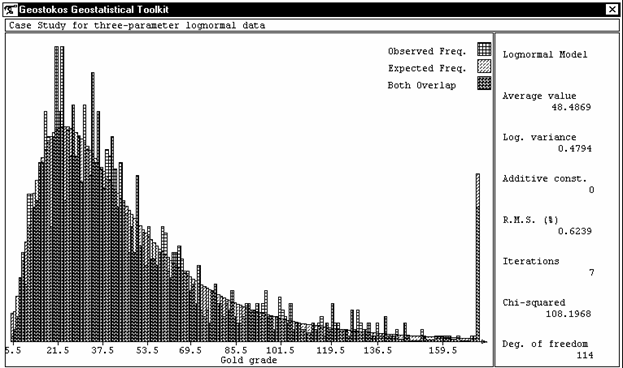 Figure 2: histogram of sample values and
fitted lognormal model
Figure 2: histogram of sample values and
fitted lognormal model
We illustrate this paper with a case study on a
This case study is based on a simulation of
ideally lognormal data to ensure that complications are avoided. Later in the paper we discuss some real cases where a lognormal approach
does or does not produce acceptable results. Because this is a simulation, we
know the actual values for a 1 metre
grid over the area. Panels of various size – from 5 to
100 metres – were kriged and compared to the actual
values from the simulation.

Figure 3: comparison of various backtransformations
To obtain values in the original units, it is necessary to carry out a backtransformation. Unfortunately,
simply anti-logging the values does not produce unbiassed estimators. In Figure 3,
we have plotted the results for 50 metre
panels (purely for clarity). We can see that the anti-log does not match the
“actual” panel value very well at all. The correct backtransformation for the
lognormal case contains the following terms:
·
The kriging estimate for the average logarithm;
·
One-half of the kriging variance for this estimate;
·
One-half of the “within panel” variance term (used
in calculating the kriging variance);
·
The lagrangian multiplier
from the solution of the kriging equations.
The backtransform is found by subtracting the
last term from the sum of the first three and then taking the anti-logarithm. This can also be expressed as a
function of the
“between panel variance” and the “between estimate variance”. Computationally,
the expression above is simpler, since all of the terms are
used in or produced by the kriging system. Some practitioners in this
field have suggested that the last term is superfluous in practice, since it
generally averages out to zero. For this example, the lagrangian multipliers
average 0.2021, resulting in a factor of around 81% on the final
results. Figure 3 shows the estimators before and after the application
of the lagrangian multiplier, clearly illustrating the importance of this
factor.
The complexity of this backtransform suggests that a general “anamorphosis” will be rather more complicated than a simple forward and backward transformation. One popular misconception is that the major difference between the “correct” backtransform and a simple anti-log (say) is due to the difference between the variance of panel values and the variance of the kriging estimates. It can be seen in Figure 4 that the standard deviation of the kriging estimates is somewhat lower than the standard deviation of the logarithm of the actual panel values.

Figure 4:
relationship between logarithmic parameters for backtransforms
However, it can also be seen from Figure 4
that there is a significant difference between the average of the logarithm of the actual panel values and the average
of the (untransformed) kriged values. For example, for the 50 metre panels, the standard deviations differ by 0.05 whilst
the averages differ by almost 0.2. The full backtransformation includes a
correction factor for the difference in the logarithmic means
in addition to the generally accepted
correction on variance.
The conclusion which must be drawn from this
is that backtransformation is not just a question of variance correction. Cognisance must be taken of the shape of the distribution as well as the
spread of values. The Normal distribution retains the same shape no matter what
variance the values take. No other distribution has this property. In this
simplest of cases, where the values are
One point which cannot be emphasised
too strongly is the importance of the correct semi-variogram model. In
particular, the absolute sill value – which is of relative unimportance in
CONSERVATION OF LOGNORMALITY
Another question which arises when applying lognormal kriging is the so-called “conservation of lognormality”. The validity of the backtransform relies on the panel (or block) averages retaining a lognormal distribution. There is absolutely no theoretical reason why this should be so. However, it appears to be the case in many practical applications. In this simulated case study, no matter what block size is taken the resulting values are lognormal.
Perhaps this would form a good diagnostic of the likely stability of a
lognormal estimation method. If a densely sampled area (or volume) is
available, panel (or block) averages should be
calculated and their distribution investigated. This could also form the basis
of a useful “declusterising” technique.
PRACTICAL CASE STUDIES
It is not possible to give complete case studies in a paper, but we
will discuss some practical applications here briefly.
A. Platinum , USA
Sample values in a certain platinum mine follow a moderately skewed distribution. Figure 5 shows a histogram of the sample values with a fitted lognormal distribution. It is fairly obvious that the data does not follow the ideal behaviour which would allow us to use lognormal kriging.
However, with the
introduction of an “additive constant” this data becomes acceptably lognormal.
With this model, we simply add a constant value to each sample value before taking logarithms. This model was
first suggested by Sichel in the 1950’s when the ideal
lognormal was found inappropriate in many South African applications. Figure 6
shows the same histogram with a three parameter lognormal model fitted.
Lognormal kriging can be applied with confidence to the three parameter
lognormal. Since the additive constant is added before
the logarithmic transformation, it must simply be subtracted from the final
answers after backtransformation.
Figure 5: histogram of sample values with fitted lognormal
distribution
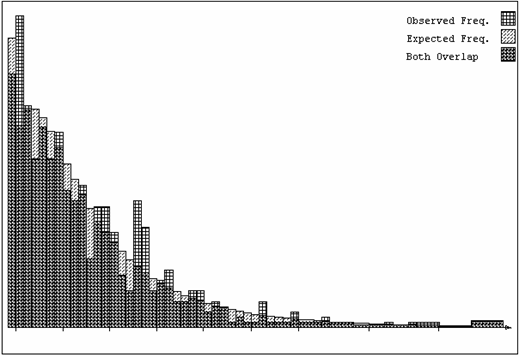
Figure 6: histogram of sample values with fitted three parameter
lognormal distribution
B. Zinc , Namibia
A recent project in
The reason for this strange behaviour becomes clear when the values are plotted using probability scales (Figure 8). On “probability paper”, a Normal distribution shows as a straight line. From Figure 8, we can see that a large proportion of the samples appear to belong to a Normal distribution. However, the lower tail of the distribution seems to comprise a separate positively skewed component terminating at zero. In the upper values, the expected proportion of very high values is not realised in the samples available.
On closer investigation, it was found that there were three phases of mineralisation within this single host rock plus an oxidation zone in the 10-20 metres below the surface. This is an ideal case for multiple indicator kriging, perhaps linked with ordinary kriging within broad grade divisions.

Figure 7: Zinc values,
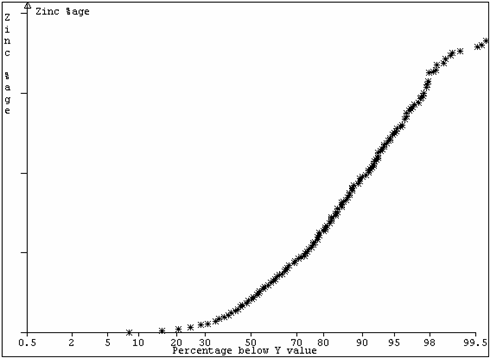
Figure 8: Zinc values,

Figure 9: Zinc values,
C.
For our third example, we
consider a greenstone type gold deposit in
These samples are taken from the stoping areas in an underground operation. The apparent anomalies in the distribution are common in producing mines. This is because the areas mined tend to be those which are economically profitable. In simple terms, mining does not normally take place in poor and uneconomic areas. Therefore, when we look at the sample histogram or probability plot, we have (effectively) a filtering of the lower values due to lower coverage of the poor areas.
Because “unpay”
ground tends to be intermingled with “pay” ground, there will be lower values
in the most profitable of stopes. There will also be
higher values left unmined in generally poor areas.
The impact on the probability plot is that seen in Figure 10. The “wave” at the
lower end of the graph reflects the omission of some of the lower values. The drop-off at the upper end of the
graph reflects higher values missed because they are included in blocks of ground which are, on average, uneconomic. Although new
models have been evolved to deal with this type of
distribution, the shape of the graph is, in effect, an artifact of the way the
samples are collected and does not reflect the true population behaviour for the whole deposit.
In this case, it was verified that simple lognormal methods were acceptable
for grade control and production mine planning.
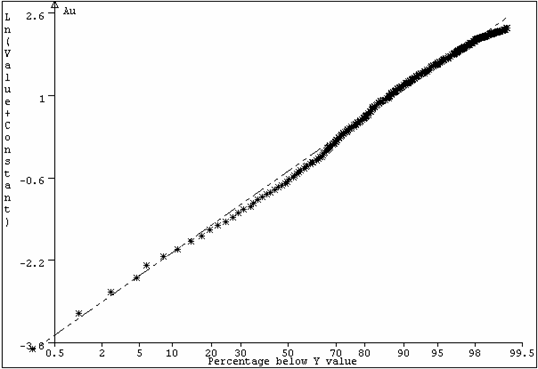
Figure 10: Gold values,
